(21320 products available)
























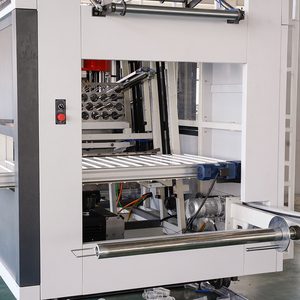



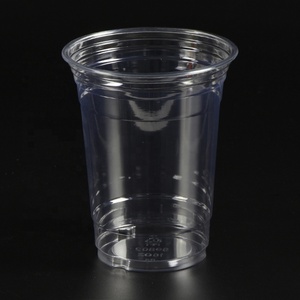











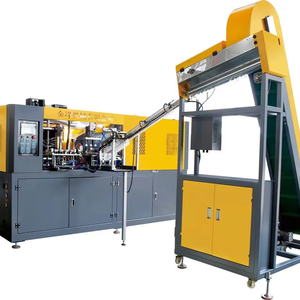




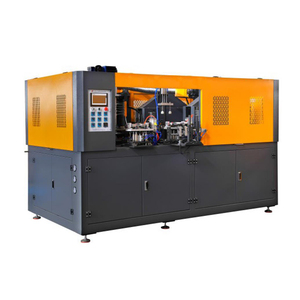






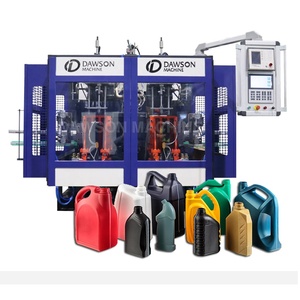
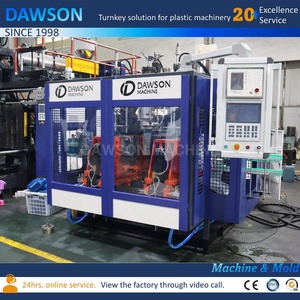



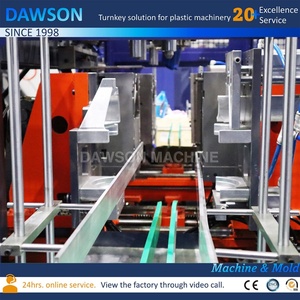





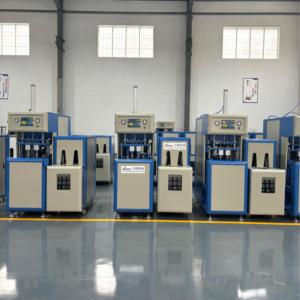

















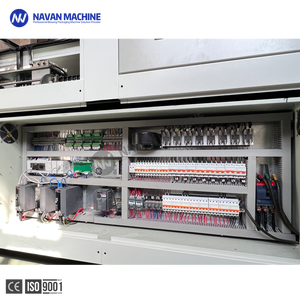














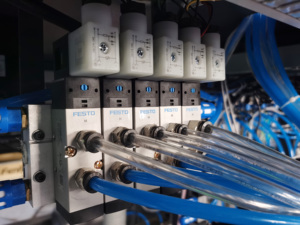
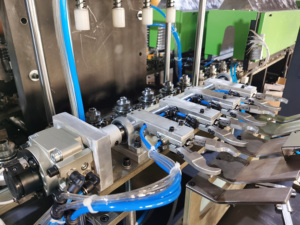



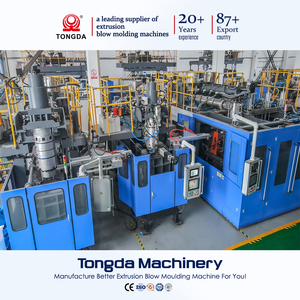

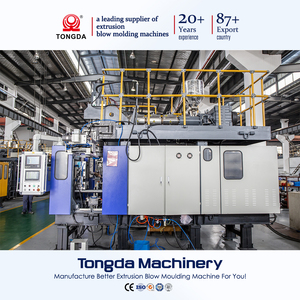
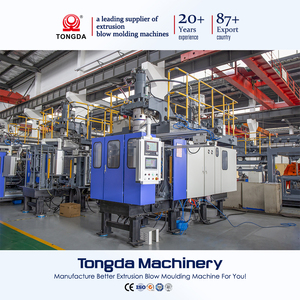
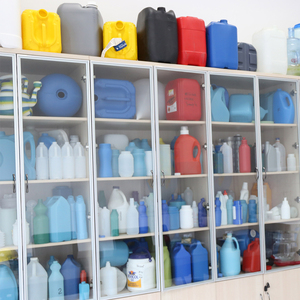





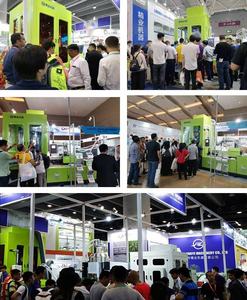
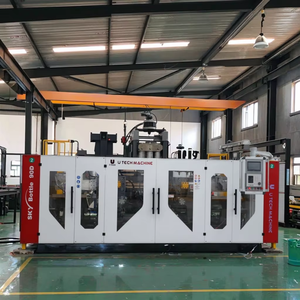








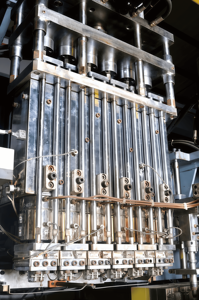
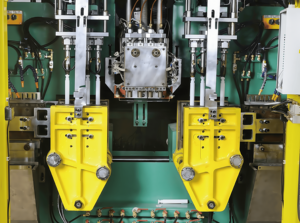



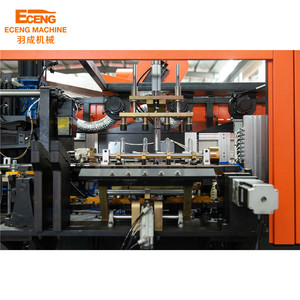

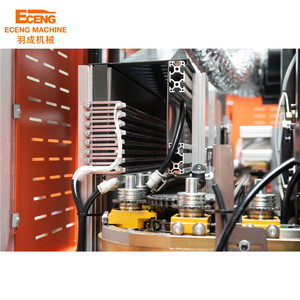

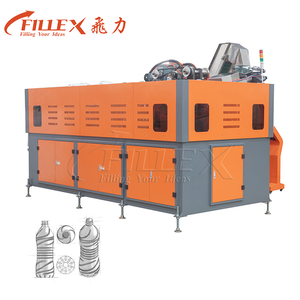












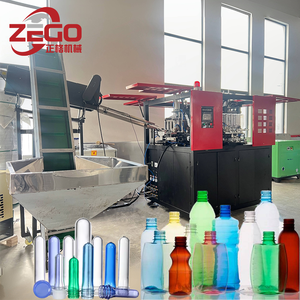

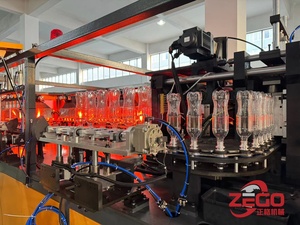

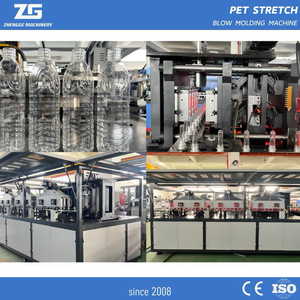
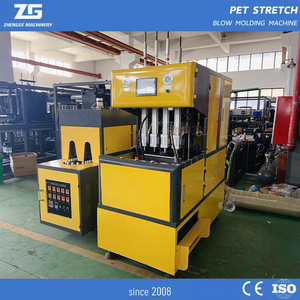
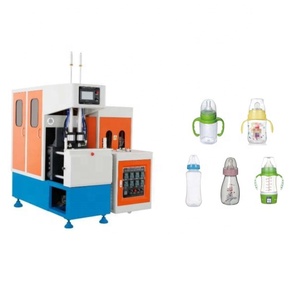

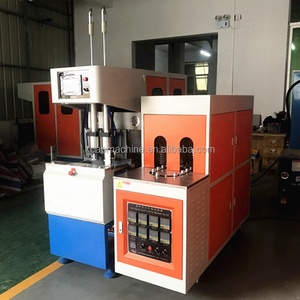






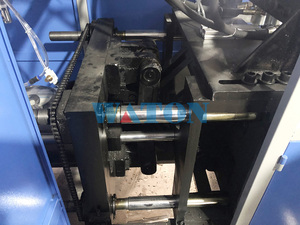










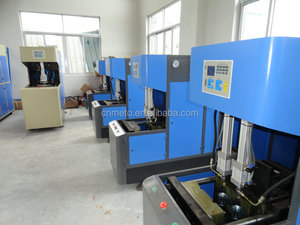

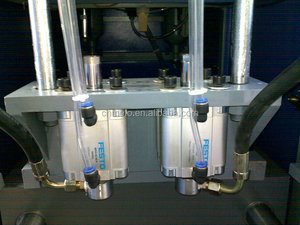



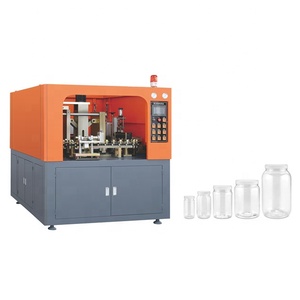





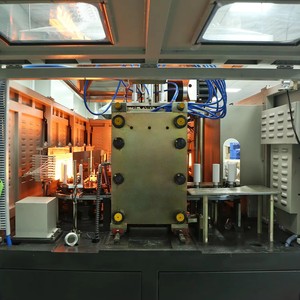






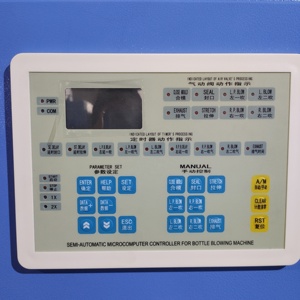




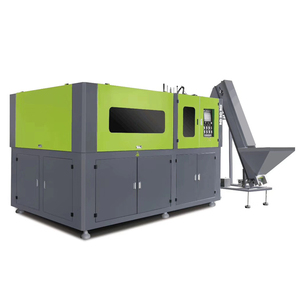






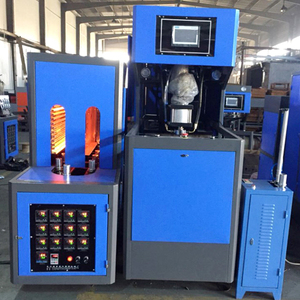
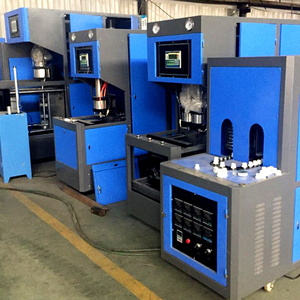







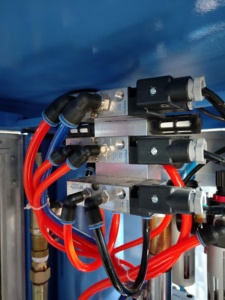







Depending on the sequence of operations and combinations of two or more distinct processes, PP bottle blow moulding machines can be classified into the following categories:
Extrusion Blow Moulding Machine:
Injection Blow Moulding Machine:
Stretch Blow Moulding Machine:
Each process begins with heating the plastic material to the point where it can be formed into a desired shape by means of pressure, heat, or a combination of both. Once this has happened, a cooled mould is brought into contact with the heated part to cool it down and solidify its final shape. After cooling briefly, any excess material is trimmed away, and then finally, air is injected inside so that any irregularities may be corrected before removing from the mould cavity.
Injection-Extrusion Blow Moulding:
This is a new type of blow molding. First, the materials are homogeneously mixed and heated with an injection assembly, and then a parison is made with the extrusion assembly. The two steps happen simultaneously in the same machine. The advantages are less material waste and uniform cavity filling. It has a high production capacity, smooth automation, and excellent compatibility with various materials.
Machine size:
The overall dimensions of the blow moulding machine, usually expressed as length × width × height (mm), determine the floor space occupied by the equipment.
Blow moulding stroke:
The stroke length of the machine will determine the maximum length of the preform that can be stretched and blown.
Power:
The power of the blow moulding machine is usually expressed in kilowatts (kW) and is used to indicate the power of the equipment's driving motor. It is related to the production capacity of the machine.
Material adaptability:
Blow moulding machines for PP (Polypropylene) can vary in design depending on the specific type of PP to be processed. Some machines may be equipped with special feeding or heating systems to accommodate specific grades of PP.
Lubrication System:
Regularly refill lubricating oil to ensure the proper operation of the machine. Check the lubrication points of the blow moulding machine and clean the grease ports. Apply lubricating oil to grease ports and ensure grease delivery is smooth.
Cooling System:
Check the amount of coolant regularly. Ensure that the coolant level is within the specified range. Check the operation of the cooling water pump and ensure that the cooling water flows smoothly. Periodically inspect and clean the cooling channels of the machine to ensure that there is no blockage and that the cooling effect is good.
Moulds and fittings:
Clean the blow moulding machine, including blow moulds and mould fittings, to remove residual plastics and contaminants. Use special mould cleaning agents and tools to ensure that the cleaning is thorough and avoids damaging the moulds. Regularly inspect and repair moulds and fittings to ensure that they are accurately aligned and functioning properly.
Electrical and Control System:
Maintain and clean the control cabinet and electrical components of the blow moulding machine to ensure that there is no dust and moisture, and that the electrical contacts are firm and reliable. Periodically inspect and adjust the parameters of the blow moulding machine, including temperature, pressure, time, etc., to ensure that the machine operates at optimal settings.
Safety Device:
Regularly inspect and maintain the safety devices on the blow moulding machine, such as safety switches, safety guards, etc., to ensure that they are functioning properly and safely.
PP bottle blow moulding machines are primarily used in the packaging industry, but their applications are not limited to this sector alone. Several other industries also make use of PP bottle blow moulding machines.
When selecting a PP bottle blow moulding machine, several key factors need to be considered:
Capacity
The machine's capacity must be matched to the production demands. It is usually represented in bottles per hour. Businesses should analyze their production requirements and select a machine with adequate capacity to satisfy their needs.
Automation
Machines come in manual, semi-automatic, and fully automatic options. Automatic degree selection can affect production efficiency and labor costs. Consider the application and budget, and choose an appropriate level of automation.
Machine Size
Consider the size of the blow-molding machine. Ensure there is enough space for the machine's installation and operation.
Energy Efficiency
Choose an energy-efficient machine to reduce operating costs and environmental impact during energy consumption.
Quality and Stability
Select reputable manufacturers or suppliers of blow-molding machines to ensure the product's quality and stability. Additionally, consider the machine's maintainability and availability of spare parts.
Q: What are the advantages of extrusion blow moulding?
A: The benefits of extrusion blow moulding include low-cost tooling, a simple machine process, and design flexibility for the medical PP bottle blow moulding machine.
Q: What are the advantages of injection blow moulding?
A: The benefits of injection blow moulding include high precision, low tolerances, improved strength, and high-quality finishes.
Q: What is blow moulding?
A: Blow moulding is a process used to manufacture hollow plastic parts by forming a parison and inflating it within a mould.
Q: What are the types of blow moulding processes?
A: The three primary types of blow moulding are extrusion blow moulding, injection blow moulding, and stretch blow moulding.
Q: What materials are used in blow moulding?
A: Popular materials used in the blow moulding process include polyethylene terephthalate (PET), high-density polyethylene (HDPE), polyvinyl chloride (PVC), and polypropylene (PP).
Q: How long does the blow moulding process take?
A: The blow moulding process is quick and typically takes only a few seconds for each bottle. However, the full production cycle, including setup time and bottle inspection, can range from a few hours to several days, depending on the quantity and complexity.